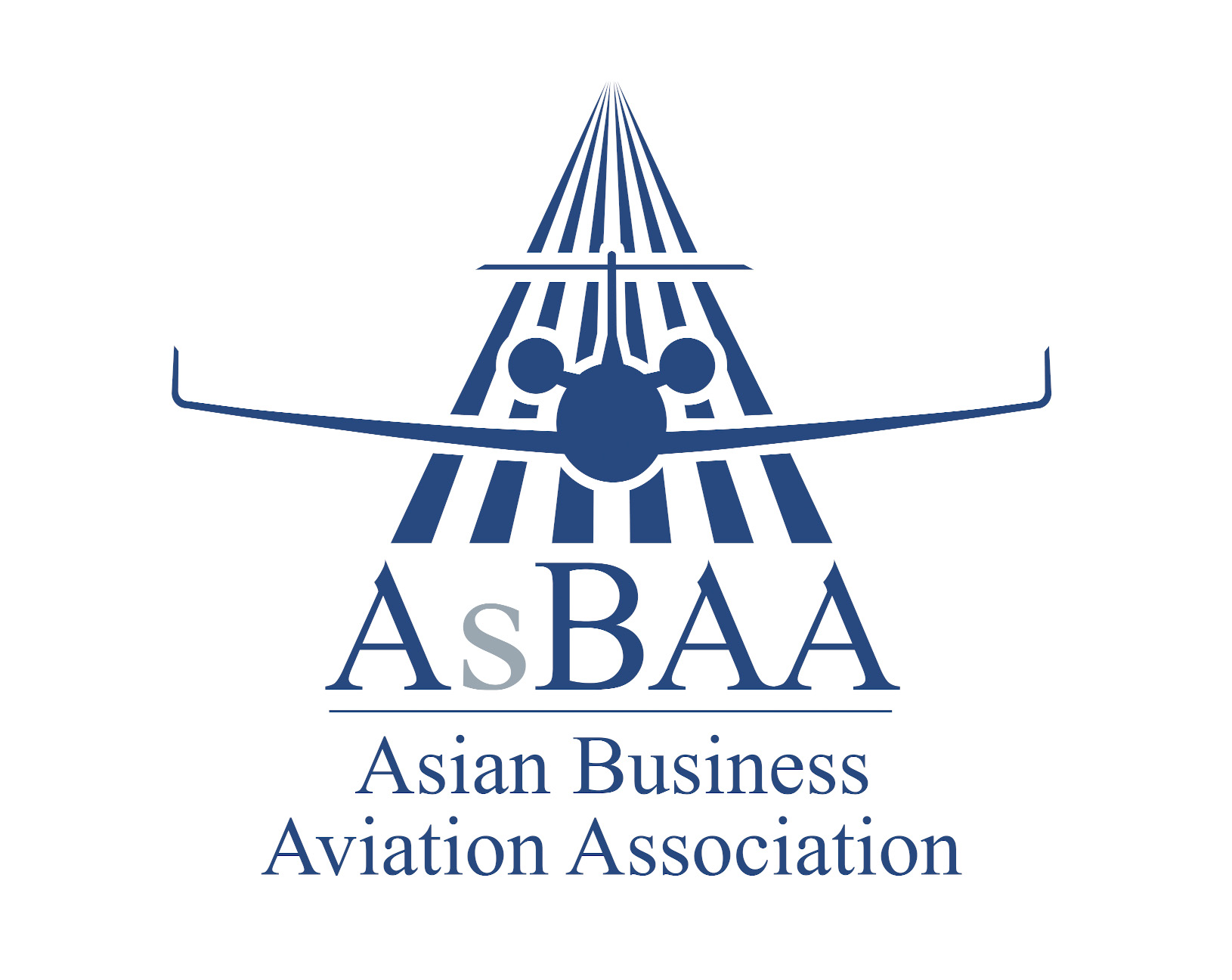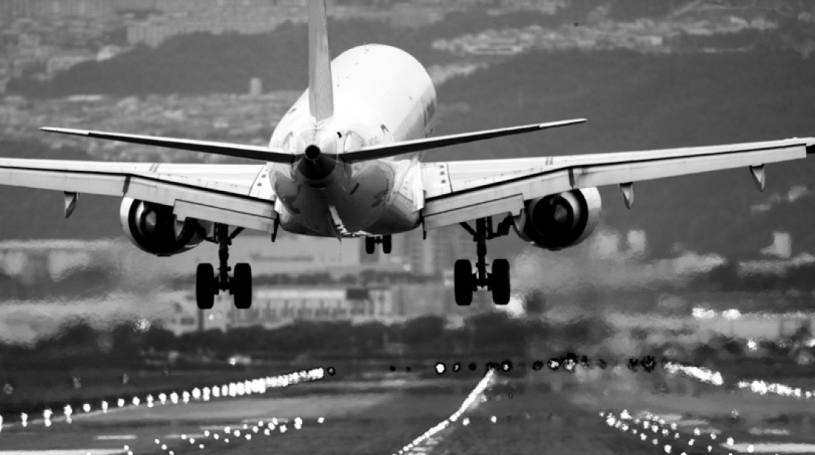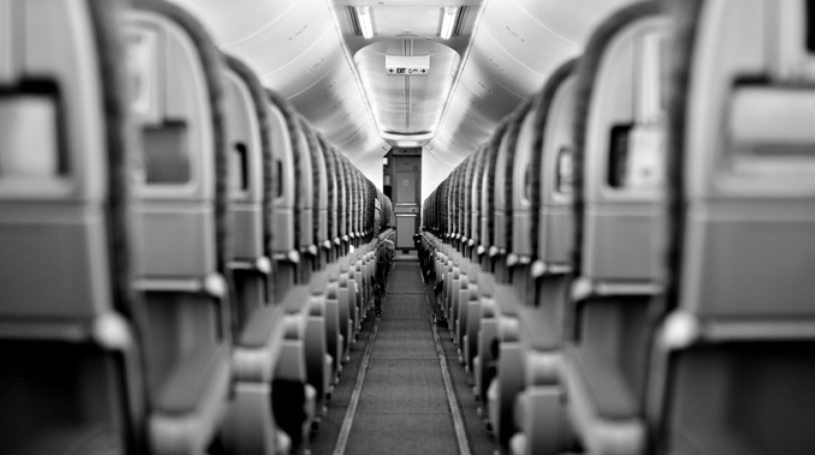Member’s Update: Revival, Recovery, Renewal: the Future of Aviation and Its Ever-changing Risk Landscape
By James Jordan, Edward Spencer, and Paul Woodley of HFW
In March, HFW highlighted five key operational issues that insurers and insureds alike should consider as they respond to COVID-19 (C-19). Since that briefing a clearer picture has emerged as to what the new “normal” may look like for our industry.
While green shoots of recovery are showing in some markets, the road to recovery is likely to be turbulent, with significant challenges on the horizon. That said, the current crisis presents all stakeholders with the opportunity to renew their business models in an attempt to create a more sustainable and robust aviation industry moving forwards.
In this briefing, we consider a further five key areas as aircraft return to our skies by analysing the challenges surrounding equipment and infrastructure, operational personnel, new regulatory requirements, contingency planning as well as financial, legal and company affairs. We also outline positive steps to mitigate the risks associated with the recovery process.
1. Equipment and Infrastructure
Issue:
Aircraft need to be reconfigured from parking to flight mode and airports need to be made ready to receive passengers. Both processes could take several weeks. The aviation ecosystem’s ability to accelerate from a prolonged period of reduced operations will need to be carefully managed.
Considerations:
- Storing an aircraft for weeks is different to storage for several months. Some operators have utilised rolling programmes of short storages as this is cheaper and less labour-intensive but is unlikely to properly protect the asset from deterioration and may undermine long-term airworthiness, particularly where local atmospheric/meteorological conditions increases the threat of corrosion. Operators should rigorously adhere to Aircraft Maintenance Manuals (AMM) and any requirements mandated by regulators for the purposes of ongoing maintenance and airworthiness. Any degree of non-compliance could have serious regulatory, insurance and reputational consequences, particularly in the event of loss or damage. Detailed preservation plans will need to be considered (and if necessary made available) in order to maintain the asset value and to prevent claims by other parties with a financial interest in the aircraft.
- To the extent that engines and other major components have been removed from the aircraft during storage, these components should be returned (where possible) to the airframe to which they are registered. Engine and component swapping leading to confusion as to legal title is a frequent cause of legal disputes.
- Equipment removed from aircraft (e.g. seating, in-flight entertainment) as a result of passenger to freight conversions will likely be treated as spares under the pertinent section of airline hull policies. Failure to safely store spares in accordance with the AMM and other prescribed requirements may have insurance implications.
2. Operational Personnel
Issue:
Thousands of skilled workers from various parts of the industry have been furloughed or had their contracts terminated. There will inevitably be a skills shortage as both capacity and passenger numbers rebound.
Considerations:
- Most regulators have issued waivers and extensions for various time-based requirements (licensing, medicals, etc.) for pilots and engineers. This increases operational risk as employees may not have received up to date training and/or may be lacking practice in certain areas.
- Each jurisdiction has issued different guidance in relation to licensing extensions and requirements. Compliance with the regulations of an operator’s home jurisdiction may not be enough and familiarity with the regulations in a number of jurisdictions may be necessary so as to avoid regulatory sanctions.
- New roles and positions in aeromedicine and pandemic response may need to be created. This will create additional expenses but may also create additional exposures where airlines could be liable to passengers for incorrect assessments and diagnoses. The mental wellbeing of staff may also need to be the focus of particular attention and support.
3. New regulatory requirements and restrictions
Issue:
In order to reduce virus transmission, airlines and airports will be required to comply with new regulatory requirements which may not be implemented consistently and in a co-ordinated fashion globally. Numerous travel restrictions which continue to change without significant notice to operators may still exist.
Considerations:
- Changes in cabin layout may be mandated by government regulations to supposedly create an environment that facilitates social distancing. This will be aimed at reducing transmission risks in the initial stages of the recovery. Operators should be alive to the risk of liability claims from passengers who contract C-19 on board their aircraft or inside airports during the process of embarkation or disembarkation. While proving an airline is liable to pay damages under the relevant air carriage convention (e.g. Montreal Convention 1999) may be difficult, it is not impossible if the correct evidence can be adduced by the passenger.
- Health screening for C-19 and/or antibody certification is likely to become commonplace. This will entail airlines and airports having to manage increasingly more complex and sensitive personal data relating to passenger health. Fines for data breaches are significant (e.g. under the GDPR fines can be up to €20 million, or up to 4% of the annual worldwide turnover of the preceding financial year, whichever is greater) and existing systems will need to be enhanced to manage these exposures.
- The initial implementation of travel bans and restrictions was poorly managed by many governments who failed to liaise with operators. This caused significant issues and exposed airlines to onerous compensation obligations under passenger rights regulations, such as EC Regulation 261/2004 (EU261). Closer government liaison should be sought going forward so that operators are not surprised by sudden policy changes.
4. Contingency Planning
Issue:
Society was not sufficiently prepared to handle the fallout from a global pandemic. It has been known for some time that aviation can serve as a vector for communicable diseases yet significant steps were not taken to change operations when the scale of C-19 became apparent. In the event of a second pandemic, the industry will need to be better prepared.
Considerations:
- Contingency planning for re-emergence of C-19 or a return to lockdown should form a critical part of all future business plans to ensure that the industry is better placed to respond. Business Continuity Plans (BCP) should be designed as soon as possible to enable airlines and airports to remain operational through such periods or to mitigate against reduced demand.
- BCP plans should deal with the specific risks of C-19 but should not discount the fact that global demand for air travel is unlikely to return to pre-C19 levels for possibly several years. Equally, businesses need to be prepared for a sudden spike in demand if and when a proven vaccine is found and made available.
5. Financial/Legal/Company Affairs
Issue:
Many businesses in the aviation sector will be technically insolvent and/or have significant debt when normal operations resume. This may complicate the running of the business and will necessitate a cultural change within many organisations.
Considerations:
- For those entities that have received some form of state bailout or funding, there is likely to be an increased interest in the running of the company by government with de facto nationalisation occurring in some circumstances. This may not always be in the best interests of the company or its shareholders and may conflict with the decisions of the board/management. The relationship with government will need to be carefully managed from a corporate governance perspective.
- C-19 could well be the final nail in the coffin for aircraft ownership by airlines. The industry was already moving away from a business model where aircraft were owned by operators. This will create an interesting dynamic where most future airlines own almost no physical assets. This could complicate the future financing of the industry where entities are not able to offer significant collateral to financial institutions in order to secure capital and loans.
- Commercial contracts will change with partners seeking a higher degree of protection due to the perception that companies within the aviation sector are more likely to default on payment obligations. This will require an attitude change from lawyers who will need to alter the way agreements are structured in order to facilitate business relationships and investment in the industry.
- Power by the hour arrangements with lessors may become more popular as airlines look to only incur lease charges for the hours they actually fly. This creates a risk for lessors whose traditional business models are not premised on such arrangements being widespread throughout the sector.
- Oil prices (and consequently jet fuel prices) have been decimated. While cheap fuel is a positive in the short term, operators will need to balance their fiscal pressures with environmental obligations. Shifting consumer sentiment towards a desire for sustainable aviation has not disappeared and cannot be ignored. Operators will also be required to comply with the Carbon Offsetting and Reduction Scheme for International Aviation (CORSIA) which will be gradually implemented from next year.
Conclusion – keep on working together!
The industry that we knew in the months preceding the current crisis may never return. That industry faced a number of challenges ranging from decreasing seat profitability to sustainability and the escalating threat of climate change. There is, however, now an opportunity to develop a new model for the future of aviation which puts the longevity and sustainability of the industry at its core.
How can HFW help?
We understand and recognise that the industry is recovering from deep and complex challenges that will impact each and every single one of us. Our objective is to provide helpful and practical guidance to our clients in their time of need whilst recognising the significant financial impact that C-19 is having on their business. Should those reading need further guidance, our global team is here to assist and are ready to help.
Introducing the Covid-19 Impact Model
HFW have designed the COVID-19 Impact Model for the aviation insurance industry. To discuss the challenges facing your business and how our impact models can help you develop risk management strategies and solutions for your business please speak to the the authors of this briefing or your usual HFW contact.
James Jordan
Senior Associate, Singapore
T +65 8123 3558
E james.jordan@hfw.com
Edward Spencer
Partner, London
T +44 (0)7973 894 624
E edward.spencer@hfw.com
Paul Woodley
Partner, London
T +44 (0)7876 448393
E paul.woodley@hfw.com


